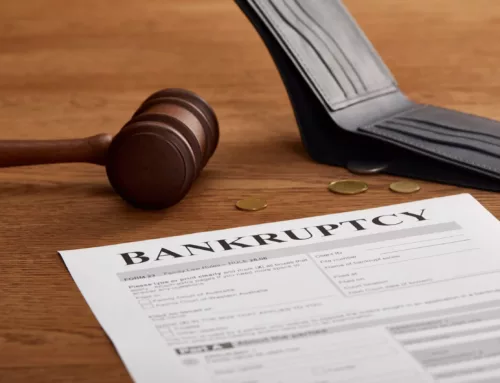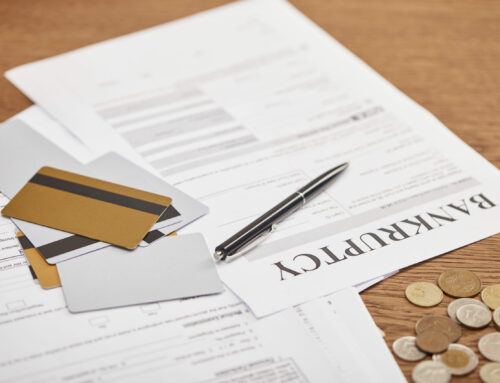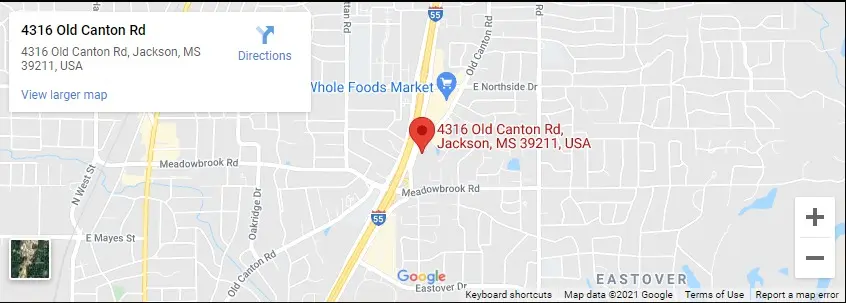The Great Recession that began in the last decade was a wake-up call for many Americans. We were relying heavily on credit and debt, which was fine in a booming economy but could be disastrous during leaner years.
As a result of the recession, credit card use seems to be on the decline. Some Americans are simply going without credit cards, while many others are trying to carry less credit card debt. Unfortunately, reining in your use of credit cards and reducing debt is not an easy thing to do. In fact, there are probably plenty of people still paying off debt they accumulated prior to the recession.
So what is the state of credit card debt today? According to government data analyzed by the financial website NerdWallet.com, the average U.S. household has approximately $7,281 in credit card debt. It should be noted, however, that this figure includes households with no debt whatsoever.
If you look at just the households with any amount of credit card debt, the average debt owed more than doubles to $15,608. That amount of debt is surprisingly easy to accrue, and could be the result of a single medical emergency. On the other hand, that amount of debt can be nearly impossible to pay off in a reasonable amount of time, especially if you have a relatively fixed income.
For many Americans facing this kind of financial reality, bankruptcy may be a smart solution. This is especially true if you have other sources of large debt (a mortgage, student loans, etc). Depending on the type of bankruptcy you qualify for, most or all credit card debt can be discharged outright or can be restructured into a sensible repayment plan.
If you are facing serious money issues and don’t know what to do, please contact an experienced bankruptcy attorney to learn more about your legal rights and options.







Connect with Us